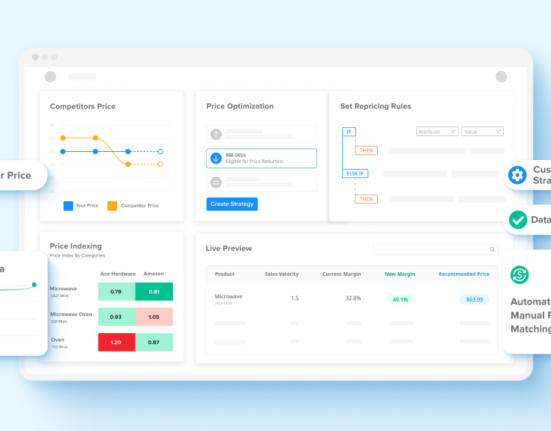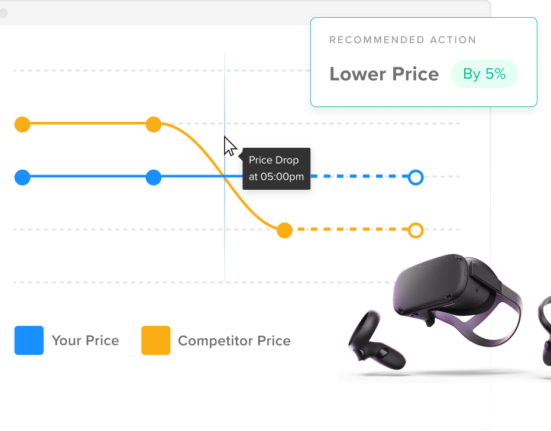Need to set the price of a product or service? No matter what you’re pricing, you’ll face a handful of similar challenges.
For starters, you need to find the balance between margins that allows for continued growth and addresses market demands. This may not be an easy task, and a little help is never a bad thing.
Before setting any kind of strategy, it is important to have all the related information at hand alongside a global vision. This will help you best understand which pricing strategies are available to you. Let’s get into detail about these various options.
The 13 Pricing Strategies
The following are the most common strategies when pricing a product. The fact that there are several options does not mean that they cannot work together, so after reading through this list, choose the most appropriate one (or ones) for each product, service, or sales period.
No. 1: Pricing Based on Competition
It is important to know what your competitors are doing in order to decide how you want to price: you can match your prices to theirs or be below or above. Which is better? In this article, we take an in-depth look at this strategy.
No. 2: Pricing Based on Product Cost
Since the dawn of time, companies have set prices with the simple formula of cost + margin. It is useful, but it is necessary to also study fixed and variable costs. Raising prices is always a complicated task, even when using simple formulas.

No. 3: Anchor Pricing Strategy
This option is very common when pricing digital products. Typically, a seller will set a relatively low price on the first product to market, or the first product shown to customers. Then, another product will be priced slightly higher. This first product serves as the anchor that the consumer will compare to all other products.
No. 4: Dynamic Pricing
Dynamic pricing is a more variable strategy, where prices can fluctuate based on a variety of market conditions and external demands. Retailers will take into account many different factors, such as sales numbers, seasonality, market demand, and more, then adjust prices often to increase sales and margins.
No. 5: Freemium Pricing
Freemium works when you have a good product or service that can be offered either free or very low-cost at first. This can be a free trial or a product that is entirely free, but upgraded services and features come at a cost.
No. 6: Skim Pricing
This option is very common in the electronics category. Here, a product is more expensive at launch and its price goes down over time. To do this, it is necessary to establish in advance what your price bounds will be so that the price changes are within your margins—and attractive to consumers.
No. 7: Penetration Pricing
Launching a new product or service? Get into a new market with prices below those of the competition. Then, gradually increase prices as the customer base becomes more consistent and loyal.
No. 8: Premium Pricing Strategy
Niche products are exclusive. Their special status means they can be priced more expensive than other goods. In fact, part of the product’s attractiveness comes from having a price that not everyone can afford.
No. 9: Pack Pricing Strategy
Offer a set of products that are related to each other in a pack that is cheaper than buying them separately.

No. 10: Pricing Based on Customer Value
With good competitive and market intelligence, you can know if shoppers would be willing to pay a little more for your products. It can be exciting to increase prices to get an extra percentage in margins, but this strategy requires constant data analysis to ensure it is working properly.
No. 11: Psychological Pricing
Psychological pricing can provide a special magic to your pricing and allow you to connect with the emotions of your customers. Find out everything you need to know about that strategy in this article.
No. 12: Geographic Pricing Strategy
Each country is different and, if the purchasing level of your markets is very different, you will have to adapt your prices. Failure to do so can damage the image consumers have of your brand and reduce sales opportunities.
No. 13: Discount Pricing
Discount pricing is a common tactic where you mark down products based on the season, inventory levels, or other conditions. For example, this is a beloved strategy in off-peak seasons to clear inventory and make room for the new collection.
Above all, your pricing strategy is not static. It needs to be flexible and adapt to the changing needs of the market and your customers. A good way to make sure you are on track with your pricing strategy is to plan strategic reviews of your pricing and always be testing.














